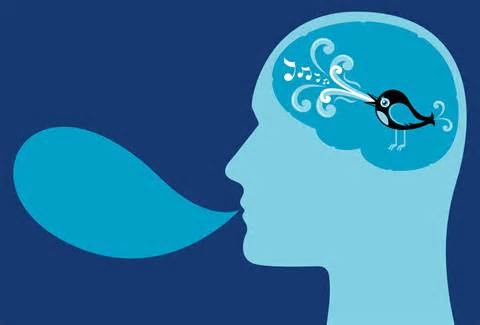
People living in North America are the saddest and angriest of all nations while Australians are the most joyful but fearful. This is according to many millions of tweets analysed by a new online tool – ‘We Feel’ – created by CSIRO researchers for mental health organisation Black Dog Institute.
The tool looks for up to 600 specific words in a stream of around 27 million tweets per day and maps them to a hierarchy of emotions including love, joy, anger, surprise, sadness, and fear. It is hoped that the tool will eventually help understand our collective mood changes, help monitor community health, and predict ‘hotspots’ where mental health services are most needed. This is Black Dog Institute’s first foray into understanding how social media can detect poor mental health and observe shifts according to time and place. Users can explore emotional trends every minute, and across worldwide locations and gender to refine results.
Helen Christensen, executive director of the Black Dog Institute, said the organisation can make a difference to the mental health of a nation by understanding the way its people using social media. “This really is just the beginning, if we can understand the science of social media, we may be able to improve the mental health of nations,” Christensen said. However, Christensen said it has been difficult in Australia to determine where health services need to be assigned compared to other countries.
Geospatial mapping helps organisations in the United States and UK determine areas where there are the greatest levels of distress and depression, particularly identifying people at risk of suicide, she said. “In Australia, we have records … but they are really not used as much as they could be. A project like this now allows us to map, for example, the emotions of [people living in] NSW relative to their location, and also potentially episodes or violence or heavy drinking … [combine] all of those things together so you are getting a much more concentrated picture of where we need to be having some more effect than we are.”
Joy was the biggest emotion expressed by around 320 million Twitter users around the world in one week between April 29 and May 5 this year. This was followed by sadness, anger, and fear.
By gender, women are less sad during the middle of day but their sadness increases towards the weekend whereas the opposite is the case for men. Christensen said this is “hardly surprising.”
The tool does have its limitations. It’s difficult to detect sarcasm or if tweets are a gauge of how people are really feeling, particularly people who like to share (retweet) posts.
Christensen told that the institute eventually wants to respond in ‘real time’ to people who are highly distressed. This means working out what social networks a person has, and what messages are going to make them feel better. “For example, do we send messages from Lifeline [crisis and suicide prevention organisation] to people who are at high risk or do we find people from their social network who they trust? “So it’s working out the sophistication of social networks and putting that place rather than just having a reaction like, ‘It sounds like somebody is distressed out there’ and going ahead before we have that knowledge to be able to make a difference.”
Amazon Web Services’ Kinesis managed big data service is being used to cope with the processing of up to 32,000 tweets per minute.
In a separate initiative, Black Dog Institute is examining tweets from people who may be at risk of committing suicide, determining which posts express real intent or others that may just indicate embarrassment.
One in five Australians experience a mental illness each year and one in two will experience the disease in their lifetime.
